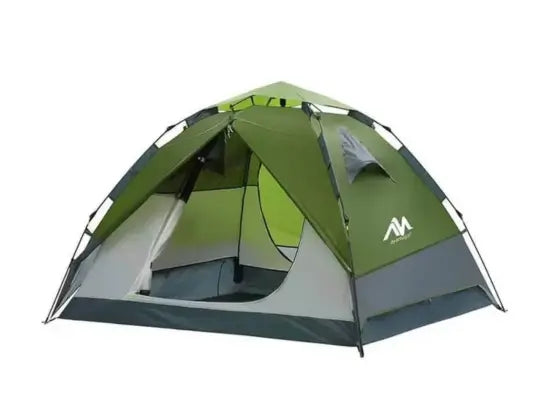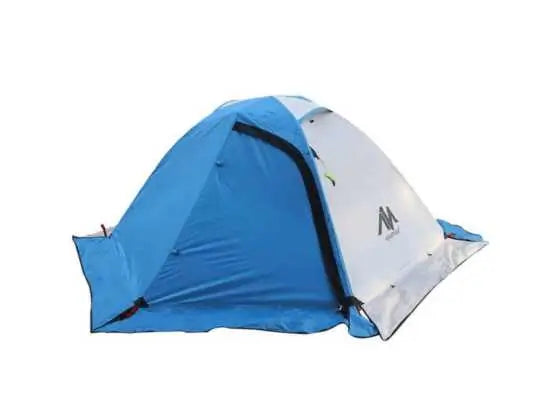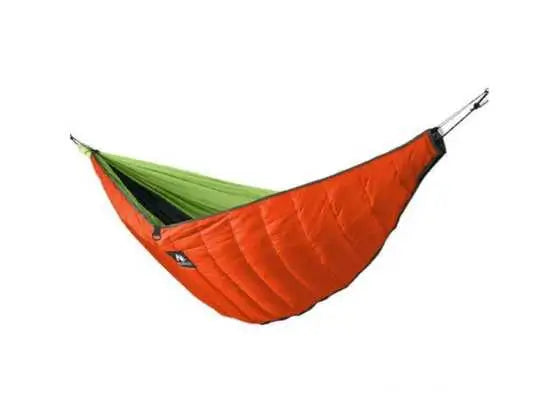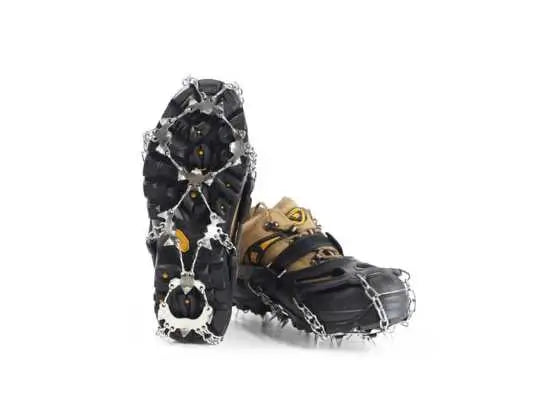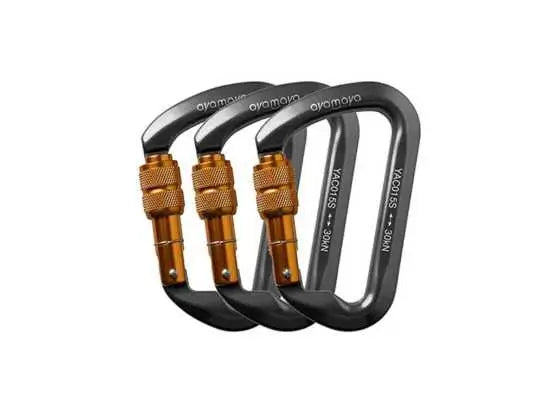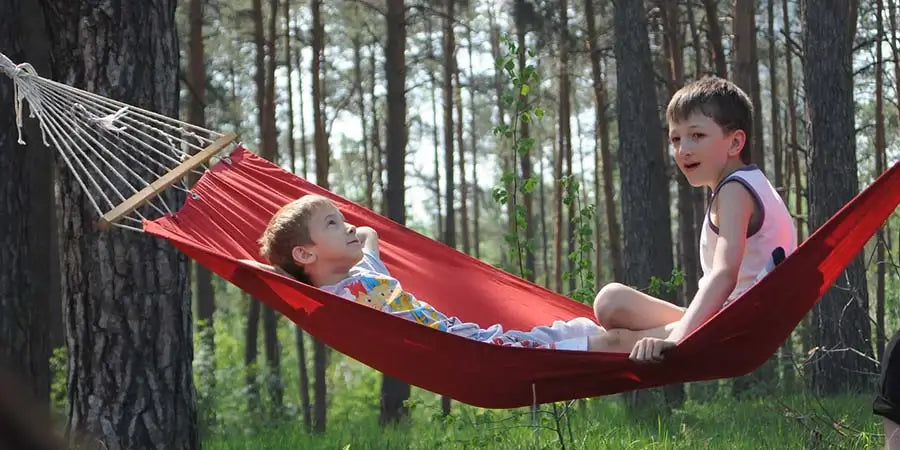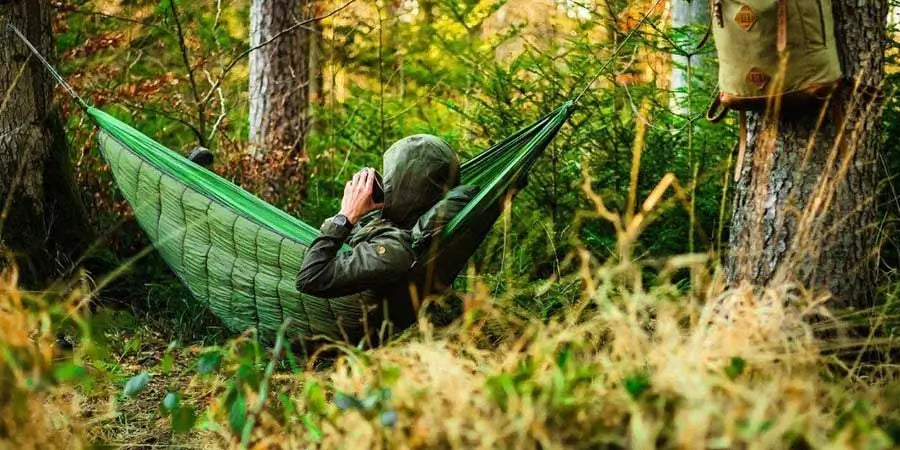Why do you need Trekking Poles?
If you are a hiker, then you must be aware of the fatigue and stress that your legs have to bear with each trip. Walking in rough variable terrain not only leads to imbalance and instability but also causes a substantial impact on your back, ankles, and knees. The force and strain subjected to your body can lead to immense soreness that comes with long term consequences. So why risk injuries and accidents when you have a safe option in front of you that ensures a smooth and comfortable experience for you throughout your trek?
Trekking poles are known to make your hikes easier and more efficient on wet, icy, or muddy grounds without causing soreness in your body, especially your legs. They also provide you stability in an uneven ground allowing you to walk or travel effortlessly. Although trekking poles are a simple piece of gear, they are not all made in the same way. These poles come in various sizes and features that impact the overall packaging of the product in terms of weight and comfort. It becomes challenging to pick just one out of the different styles and features in the market, but you needn’t worry as we are here to guide you in understanding which trekking pole best suits your need.
Points to remember when choosing Trekking Poles
A good brand
Whatever trekking pole you choose, it should comply with your needs and comfort. Do not pick a trekking pole just because it comes cheap. Cheap poles are usually heavier, less stable with a slightly uncomfortable hand grip, and an inefficient locking mechanism that fails quickly. Go for a good brand that offers you durable, comfortable holding grips with a light build and shock-absorbing mechanism.
Efficient locking system
Most trekking poles come with a ‘twist-lock’ mechanism that enables you to adjust the length of different sections and then lock them in one place. Make sure that you do not extend the pole sections beyond the STOP mark, or you end up damaging your lock system. You can always estimate the required length you would need for your pole and make adjustments accordingly, noting the measurement marks. These trekking poles are also easy to pack in your suitcase or backpack as they come with a slide or fold-down option that can be adjusted to their shortest length.
There are some fixed length poles available that use flexible rubber connections to join the sections of trekking poles and lock into place after extending to the full length. Since you can’t adjust the length here, you have to purchase a pole that is right for your height. They are generally expensive and also comparatively lighter than other trekking poles. Its lightweight feature makes it ideal for mountain running.

One pole or two poles
The number of trekking poles you use in your hike is essential in providing stability and comfort throughout the adventure. Since we are bipedal creatures, it doesn’t make sense to take support on one side and leave the other side unsupported. When you use two poles, the force is distributed equally on both sides and hence extra strength to keep walking. It is most helpful in people who have a problem on either leg or hip to use two poles instead of one. It doesn’t lead to stress on the affected part that might otherwise cause instability and problems in balancing later.
It is, however, advisable to use one pole on extremely rough terrains where you might need to use your other hand for supporting your body either on rock or trees to keep you moving. Also, if you any problem on one side of your shoulder or hand, that might make it difficult to control your pole effectively during your hike. In some situations, it might require you to use both your hands to propel forward in extreme terrains. You can judge your requirement according to your needs.
Length of the pole
it is ideal to fold your elbows at a 90-degree angle while standing and holding the poles with its tip touching the ground. Whereas, when going uphill, you might want to shorten the length of your pole while increasing it when going downhill.
Hand grips and wrist wraps

Do not go for cheap poles that offer plastic handles and basic webbed wrist straps that might not be as comfortable as compared to premium brands. The higher-end brands will provide you with softer foam grips and padding over the handles and the straps. They will also have cam adjusted straps rather than a buckle one, which will further add to the discomfort while using the trekking poles. Wrist straps help in maintaining and holding the poles in position with a firm grip on them. However, it is crucial to use them correctly; otherwise, you might end up tripping and falling while using the poles. If not comfortable with the straps, you can get them removed and save yourself and others any danger on your way.
Additionally, a good quality trekking pole will come with an inbuilt anti-shock spring mechanism that doesn’t allow you to feel any force or stress when the pole is pushed on the ground. This is an efficient feature that ensures comfort to your hands, arms, and shoulders during the trekking period, especially over a few hours.
Rubber tips or not

Having rubber tip stoppers can come in very handy when walking on rocky grounds. They further reduce the impact of stress and shock on your limbs and body and also prevent any accidental skidding of your trekking poles. They also give a firm grip on the ground where there might be cracks and dents on rocks.
The material used
You will find trekking poles that are either made of carbon or aluminum. Poles made of carbon are usually expensive, but they offer high performance. Carbon fibers are known to dampen vibrations and also reduce the weight of the trekking poles that make them super light, meaning you will hardly notice that you are carrying them. Even though they are the lightest option available in the market, they tend to splinter and crack under extreme conditions. However, they are beneficial to backpackers and ultra-light hikers or anybody who are looking for lightest gear possible.
Aluminum poles, on the other hand, are not as light as carbon poles, but in terms of durability, they are far superior. They do not dampen vibrations like carbon poles, but are cheaper and last longer under extreme conditions. Aluminum poles are likely to bend under stress but will not break and can also be carefully turned back into its place. If you want to save money, then buying an aluminum pole is a good bet.
Some safety tips while using trekking poles

One of the most common causes of injury and mishap while hiking is the improper use of trekking poles. You can get the best of gear, but if you don’t use it correctly, you will end up hurting yourself.
Keep your arm motion correct while trekking. The elbows should be close to your sides, and with each step, you need the opposite side’s pole forward. Also, keep in mind the arm and leg movement, opposite arm and leg motion should be followed if you do not want to sway and fall. Do not plant the pole firmly into the ground; go naturally with the movement of your arms and legs. If you are new at using trekking poles, you will need some practice, and later you will gain rhythm naturally. You will also achieve stability when the pole plants lightly with each step.
Use double poling, which means bringing both poles in front of you at the same time when going uphill or downhill. Flick both poles in front of you with a smooth motion and then walk 3-4 steps forward. Use poles for speed over stability only when you are confident enough by planting the pole behind your body to get that extra propulsion.
Do not forget to loosen your straps when going downhill because they can become too tight with an increased angle. Also, plant your gears slightly ahead of you rather than parallel, so that you can control the movement of your body.
Similarly, when going uphill, you need to keep the poles closer to your body and not ahead of you. Also, it is vital to shorten your poles, as your body needs a little push and not a pull.
When making a turn, keep your poles to the side instead of crossing them in front of you. If you do so, you might end up tripping yourself. Make use of poles while sitting and standing for stability.
So now explore mountains with the highest quality trekking poles with confidence. Get out there and travel all the beautiful places you can enjoy, but don’t forget to follow the safety guide.

